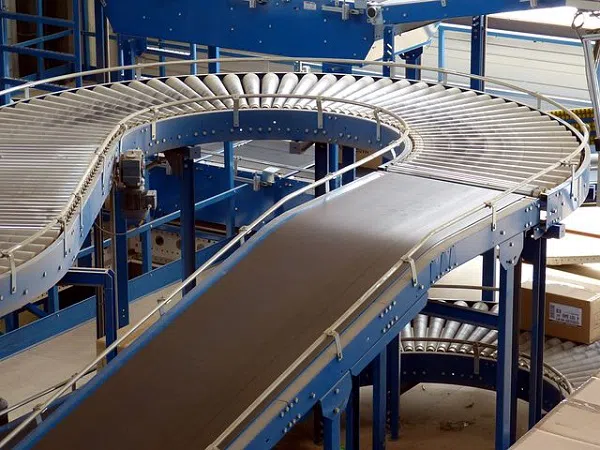
Image Source: Google
Heat-resistant conveyor belts are essential in industries that require the transportation of materials at high temperatures. Choosing the right heat-resistant conveyor belt for your application is crucial to ensure safety, efficiency, and longevity of your conveyor system. In this ultimate guide, we will provide you with expert tips from industry professionals to help you select a reliable heat-resistant conveyor belt manufacturer that meets your specific needs.
Understanding the Importance of Heat-Resistant Conveyor Belts
Heat-resistant conveyor belts are specially designed to withstand high temperatures and heat exposure, making them ideal for applications in industries such as steel manufacturing, foundries, mining, and cement plants. These belts are made from durable materials that can resist thermal degradation and maintain their mechanical properties even when exposed to extreme heat.
Benefits of Using Heat-Resistant Conveyor Belts:
- Prevent material degradation and spoilage
- Ensure safe and efficient material handling at high temperatures
- Reduce downtime and maintenance costs of conveyor systems
- Extend the lifespan of the conveyor belts
Factors to Consider When Choosing a Heat-Resistant Conveyor Belt
1. Temperature Resistance:
One of the most critical factors to consider is the temperature resistance of the conveyor belt. Different applications may require belts that can withstand varying temperature ranges, so it is essential to choose a belt that can handle the specific heat levels of your operation.
2. Material Composition:
The material composition of the conveyor belt plays a significant role in its heat resistance properties. Materials such as neoprene, EPDM, and silicone are commonly used for heat-resistant belts due to their ability to withstand high temperatures without degrading.
3. Belt Construction:
The construction of the belt, including the number of plies and the type of reinforcement used, can impact its heat resistance and overall durability. Belts with multiple layers and strong reinforcements are better equipped to handle high temperatures and heavy loads.
4. Belt Width and Length:
Consider the width and length of the conveyor belt to ensure it fits your specific conveyor system and application requirements. Choosing the right size belt is essential for optimal performance and efficiency.
5. Application Requirements:
Take into account the specific requirements of your application, such as the type of materials being transported, the operating temperature of the environment, and any other unique factors that may affect the performance of the conveyor belt.
Tips for Choosing a Reliable Heat-Resistant Conveyor Belt
1. Consult with Experts:
Seek advice from industry professionals and conveyor belt manufacturers who specialize in heat-resistant belts. They can provide valuable insights and recommendations based on your specific application needs.
2. Evaluate Performance Specifications:
Review the performance specifications of different heat-resistant conveyor belts, including their maximum temperature rating, abrasion resistance, and load capacity. Choose a belt that meets or exceeds the requirements of your application.
3. Consider Long-Term Durability:
Invest in a high-quality heat-resistant conveyor belt that offers long-term durability and reliability. While it may be tempting to opt for a cheaper option, a superior quality belt will ultimately save you time and money in maintenance and replacement costs.
4. Conduct Regular Inspections:
Regularly inspect your heat-resistant conveyor belt for signs of wear, damage, or degradation. Early detection of issues can help prevent costly breakdowns and ensure the continued safe operation of your conveyor system.
5. Follow Proper Maintenance Practices:
Adhere to the manufacturer's recommended maintenance practices to prolong the lifespan of your heat-resistant conveyor belt. This includes proper cleaning, tensioning, and lubrication to ensure optimal performance.
Conclusion
Choosing a reliable heat-resistant conveyor belt is essential for the safe and efficient operation of your conveyor system in high-temperature environments. By considering factors such as temperature resistance, material composition, and application requirements, and following expert tips for selection and maintenance, you can ensure that your conveyor belt meets the needs of your specific operation and offers long-lasting performance.
